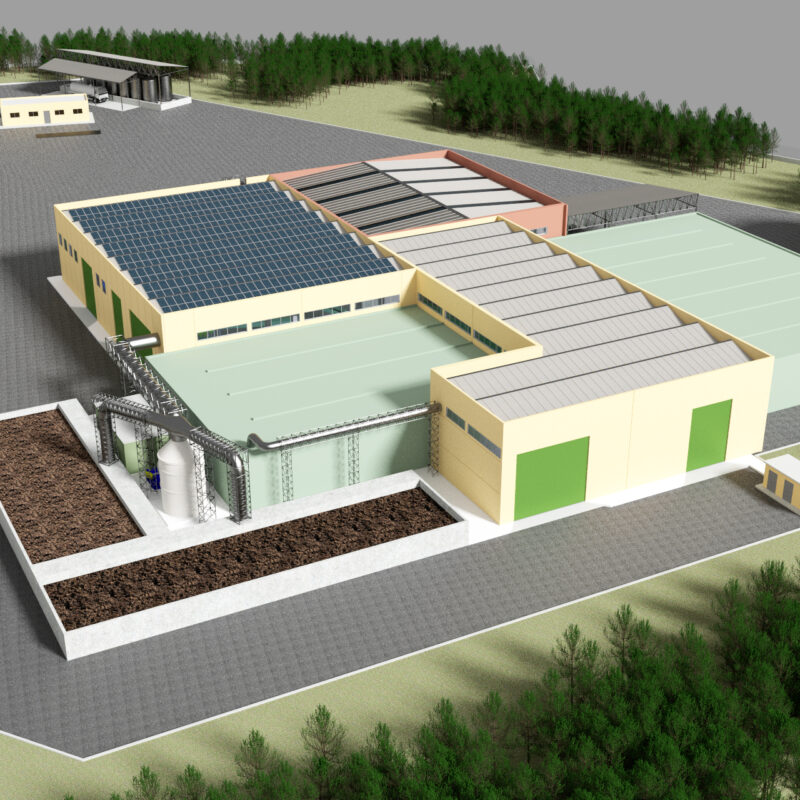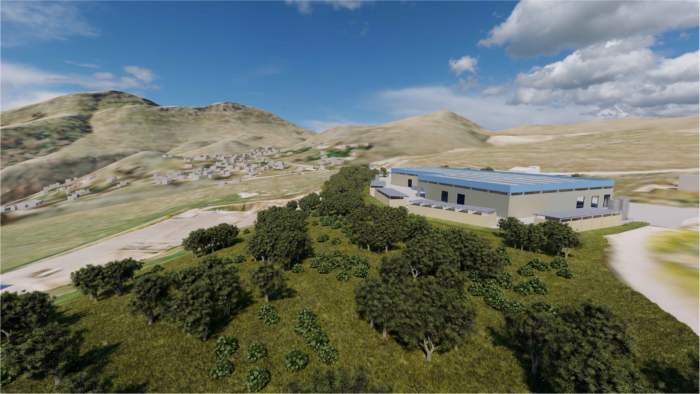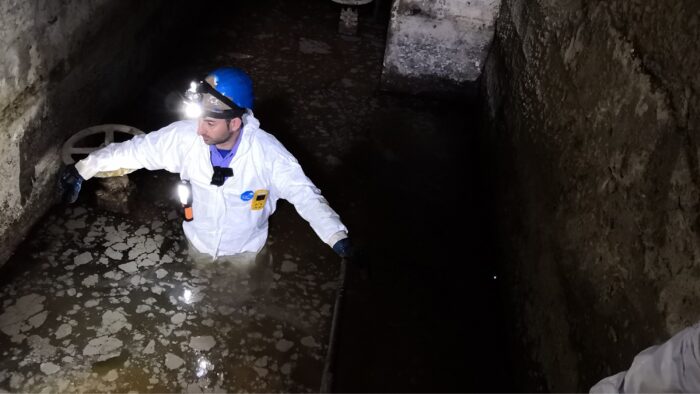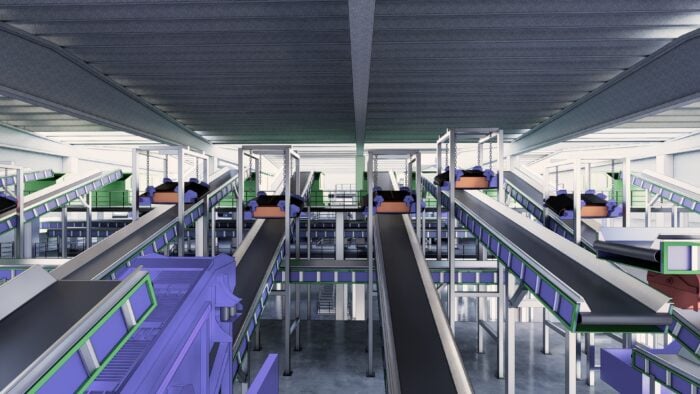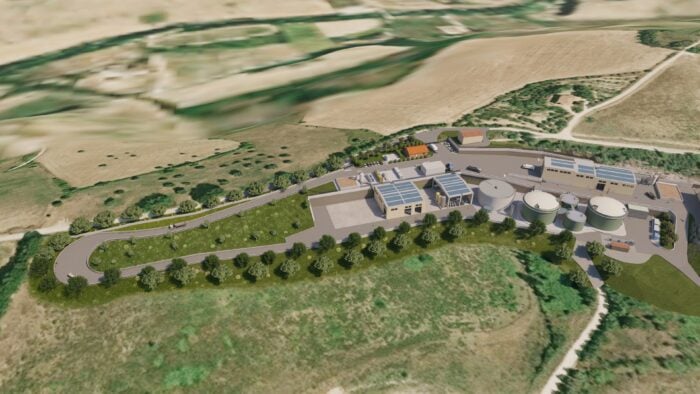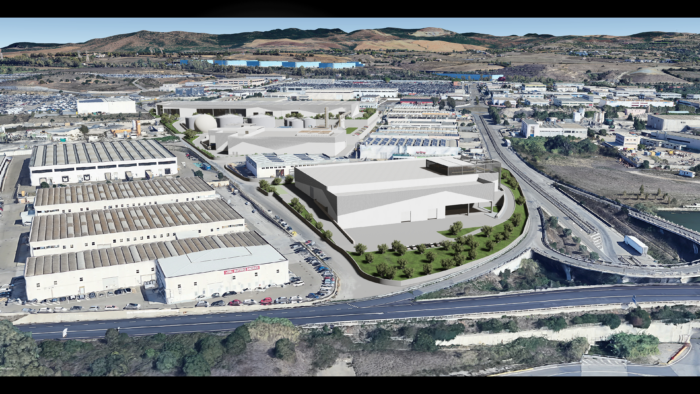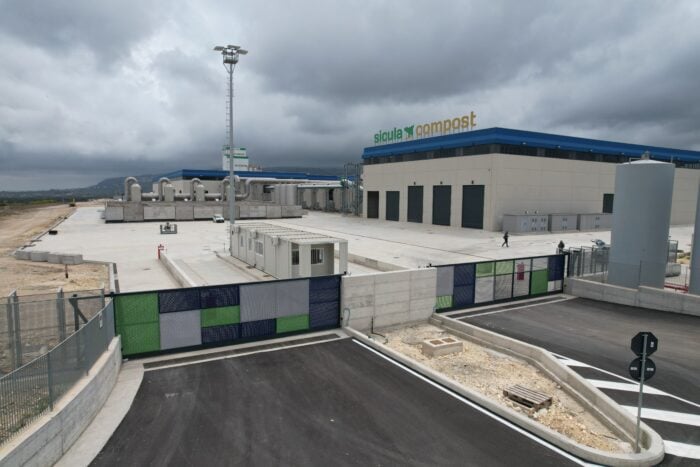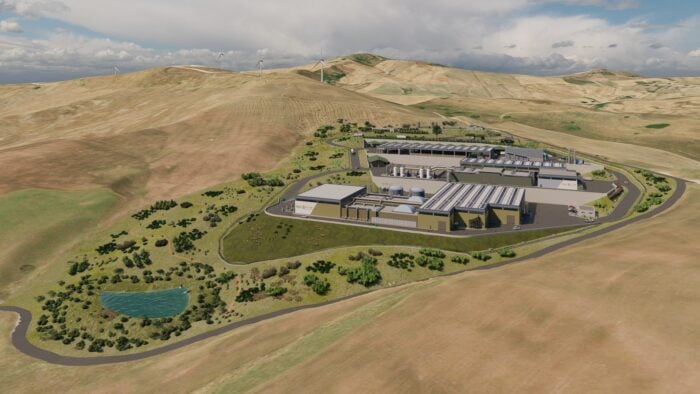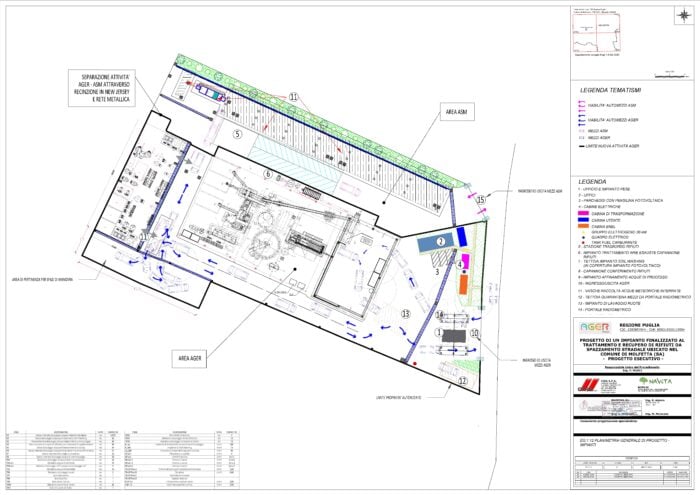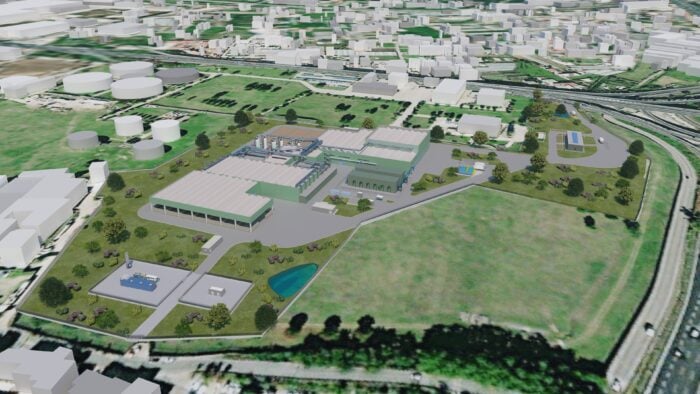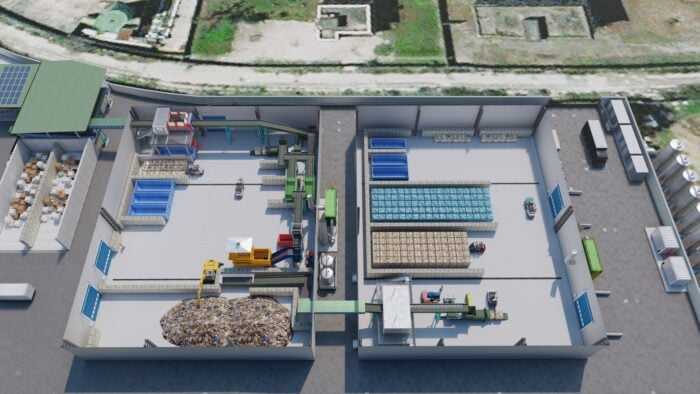The design is developed in accordance with a public tender for the construction
of an integrated system for the M.S.W. management in the Municipality of Enna (CIG
5533376E50), which was issued by the Commissioner for the Waste Emergency in Sicily
(O.P.C.M. 9/7/2010 n. 3887 – D.L. n. 43/2013). The plant lay-out provides one mechanical
treatment line for the screening of M.S.W. with a capacity of 31.4 t/h. The process-line
layout is the following: a wide area for the storage of the incoming wastes, a shredding
and a double-stage screening (with holes from 130 to 80 mm). This is aimed to separate
the following materials:
- oversize fraction >130 mm, by which nonferrous metals (e.g. aluminium cans) and
ferrous materials will be separated; - oversize fraction 80÷130 mm, by which ferrous materials will be separated;
- underscreen fraction < 80 mm, which must be processed with biological treatment.
The designed layout also provides the possibility of future development of a fine shredding
section for producing RFD from high calorific fractions. Provided biological treatments for
the underscreen fractions are:
- anaerobic digestion to obtain biogas which can be recovered into a cogenerator engine
for the production of electricity and thermal energy (supplied for the self-comsuption of
the plant); - aerobic stabilization of the digested sludge to obtain a stable dry material which can
be sent to disposal or recycled.
The buildings will be kept in constant depression in order to ensure the health of workers;
the air is recirculated within the aerobic tunnels to facilitate the biological process.
Lastly, the exhaust air will be treated with a scrubber and a biofilter, and so treated air
can be given off into the atmosphere, since pollutant concentrations are reduced to the
levels set forth by law.


